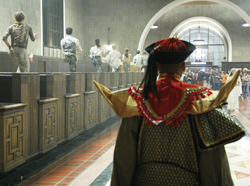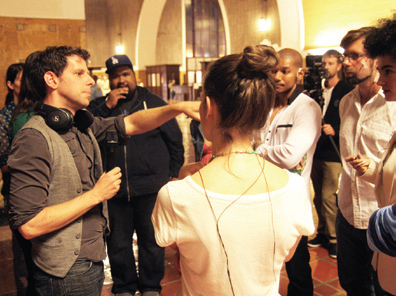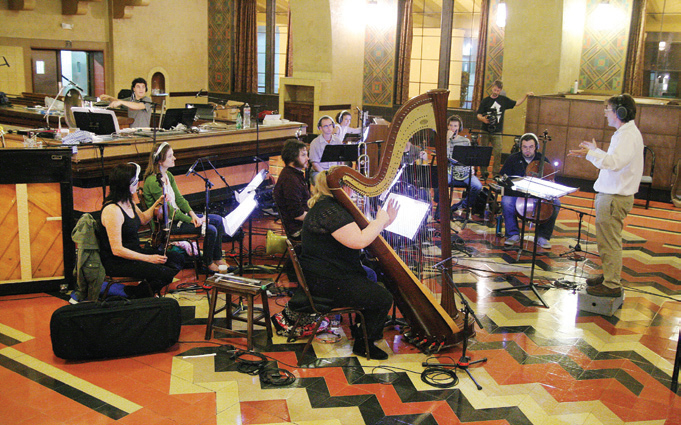Theatrical productions have been staged in many forms and venues over the years, ranging from traditional proscenium arch theatres to outdoor Shakespearian-inclined stages, from theaters-in-the-round to “black boxes,” and plenty more.
But I recently checked out something altogether different, a new avant-garde opera production entitled Invisible Cities that was staged inside the general transit area of Union Station in downtown Los Angeles.
The show, which ran twice nightly for about a month late last year, was the result of a cooperative effort among production company The Industry, the Los Angeles Dance Project, and Sennheiser, which worked closely with rental company Bexel ASG. The latter pair comprised the technical pivot point in this ambitious project, providing a transformation from initial concept into working reality of what was billed as the first “headphone” opera.
Putting It Together
The concept is radical and challenging. The staging of the Invisible Cities is based on the cast moving throughout the train station during the performance, while the audience members follow them as they wish. But first you have to find them…and that’s not easy.
The opera is based on a 1972 novel by Italo Calvino. The narrative, accompanied by a musical score from an 11-piece live orchestra located in a remote room, took audience members on a multi-sensory journey throughout the terminal as the lead character, legendary traveler Marco Polo, described his quests to Emperor Kublai Khan.
Yuval Sharon is the artistic director who conceived of this work and brought it to life. When we spoke, he expressed a profound desire to blend everyday life with artistic expression. He talked about how the headphone experience would bring a new element into play. Initially, he was not fully convinced that headphones were the key so he explored, perhaps in the same vein as Marco Polo, and came up with a means of delivering this all-new form of theatrical content.
Advanced wireless technology played a huge role in bringing the production to life. There were no loudspeakers; the audio was delivered to the audience via Sennheiser model HDR-120 wireless consumer headphones, and to the performers via Sennheiser 2000 series IEM systems, which handled in-ear monitoring duties for each of the singers and dancers, helping ensure their performances were in lock step with the musical score.






















